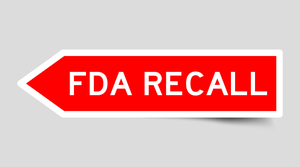Bold Predictions for Medtech in 2021
2021’s just begun. Where will the year take medtech?
Daphne Allen
January 14, 2021
29 Slides

MD+DI checked in with a few medical device technology experts for our review of 2020 and a look ahead to 2021. Read on for their perspectives, and please feel free to offer your own in the comments.
Here's to a productive 2021!
About the Author(s)
Sign up for the QMED & MD+DI Daily newsletter.
You May Also Like



.png?width=300&auto=webp&quality=80&disable=upscale)
